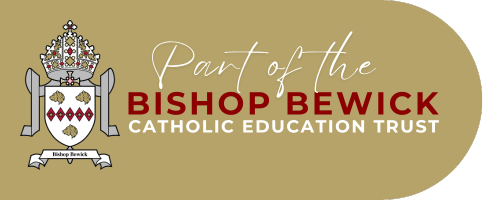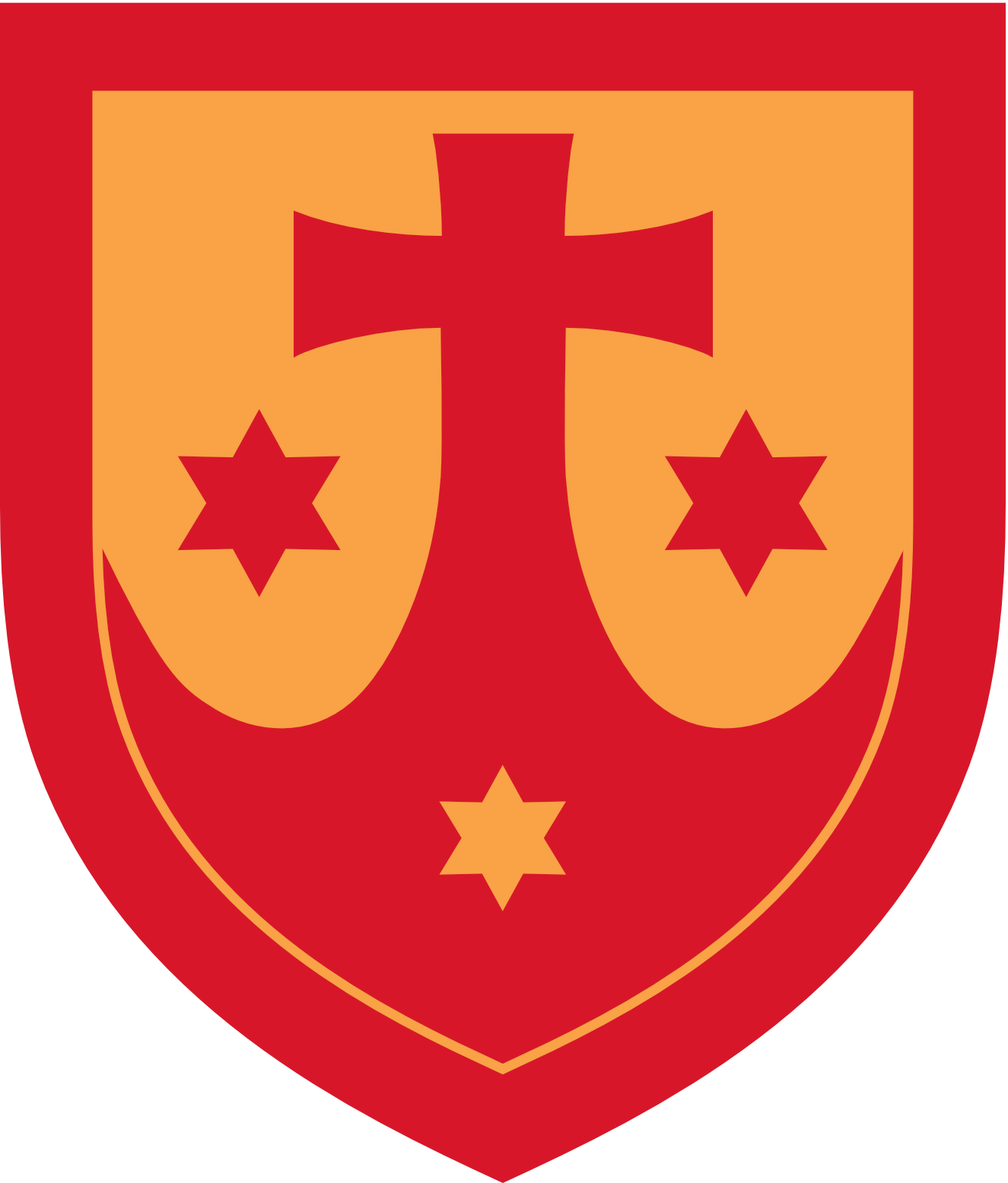Year 5 Explore Earth and Space
- vinnyturner4
- Nov 9
- 1 min read
Year 5 have started an exciting new unit in science: Earth and Space. The children have been learning about the eight planets in our solar system and how each one orbits the Sun at different distances and speeds.
To begin, the class worked together to order the planets and discover their unique features. They then created fact cards for each planet, sharing what makes them special. There was lots of curiosity and discussion about how days and years differ depending on a planet’s orbit and its position relative to the Sun.
Here are just a few of the fascinating facts the children explored:
Mercury is the closest planet to the Sun and has very short years but extremely hot days.
Venus spins the opposite way to most planets, meaning the Sun rises in the west and sets in the east.
Earth is the only planet known to support life and has one moon.
Mars is known as the Red Planet and has the largest volcano in the solar system.
Jupiter is the biggest planet and famous for its Great Red Spot, a huge storm that’s lasted for centuries.
Saturn’s rings are made of ice and rock particles.
Uranus spins on its side, giving it unusual seasons.
Neptune is the coldest planet and has the fastest winds recorded in the solar system.
The children were amazed to see just how vast and varied our solar system is. As the unit continues, they’ll be looking at how the movement of the Earth causes day and night and exploring how the Moon’s orbit creates the phases we see in the night sky.









